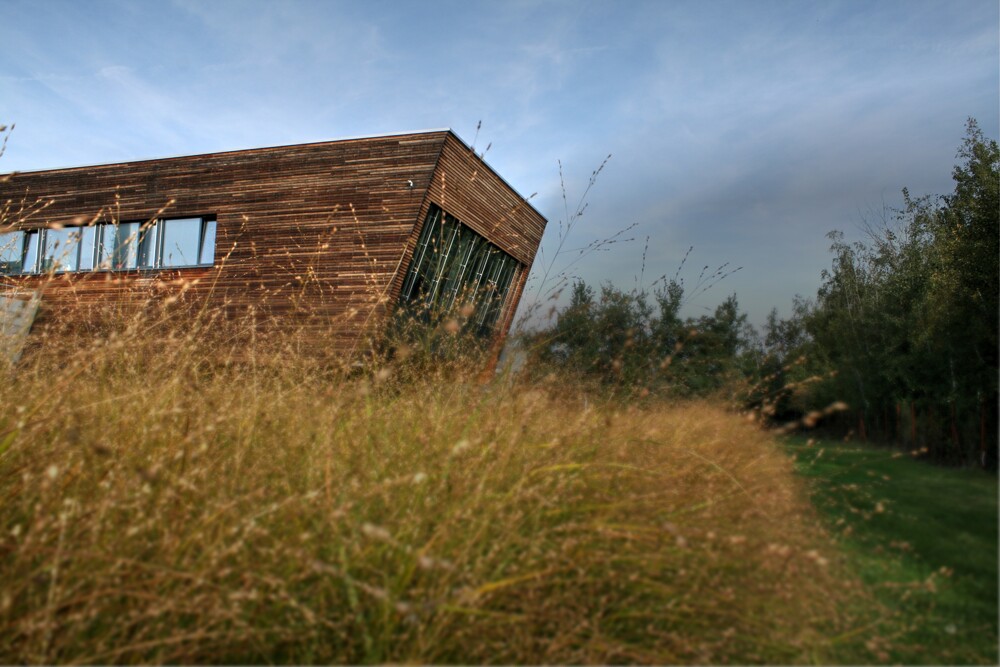

It's no secret that daylight and fresh air are important for a healthy human life. People in modern society spend most of their lives indoors, so we should pay special attention to sufficient natural lighting inside the houses. The CTU University Center for Energy Efficient Buildings deals with the effects of the light environment in buildings on human health, the so-called non-visual perception of light.
Light is one of the most important factors necessary to create a pleasant and high-quality environment in the interior of a building. Real estate agencies and development companies know that there is significantly more interest in a property on the market if they can describe it as sunny, bright, airy...
However, it is far from just a feeling of well-being and comfort. Lighting enables not only orientation in space and visual communication with the surroundings, but also affects a number of biological functions of the organism.
This issue is addressed by Lenka Maierová at the Czech Technical University UCEEB, who, as part of her work in Laboratoři kvality vnitřního prostředí , monitors and evaluates the influence of the light environment on human health. It deals precisely with the process of non-visual perception of light, its influence on the so-called circadian rhythms, which are regular daily rhythms in the human body, such as the rhythm of alternation of sleep and wakefulness, activity and regeneration. At the same time as health aspects, the quality of the lighting environment in buildings and outside is assessed from the perspective of visual comfort. It monitors not only the quantity of light, but also its quality: the spectral composition and color rendering quality of artificial lighting sources, assesses the brightness ratios in the field of vision and the associated risk of glare.
With the introduction of electric lighting into households, there was a fundamental change in our lighting environment, but mainly in our lifestyle. Thanks to the possibility of supplementing daylight with artificial sources, today we can ensure quality lighting anytime and anywhere, regardless of the time of day. This great advantage, that by pressing the switch, we can create a quality light environment corresponding to our visual comfort, nevertheless, it does not have to correspond to the complex biological needs of our body.
Nature, by alternating daylight and darkness, ensures a reliable method of synchronizing the body's internal clock and adapting it to changes in external conditions. When there is a natural decrease or increase in light intensity at dawn and dusk, this change informs our biological clock about the ratio between day and night. Bright light in the morning helps us to wake up naturally, on the contrary, using artificial light in the evening, when it is dark in the natural environment, can delay our internal clock. The consequence is that we fall asleep later and the morning alarm wakes us up insufficiently rested. Artificial lighting at night also affects the quality of sleep, the body's ability to regenerate, strengthen the immune system and a number of other processes in the body.
On the contrary, staying outside in daylight, or at least ensuring high lighting when staying inside a building, has a positive effect on the ability to concentrate, promotes a good mood, reduces drowsiness, improves cognitive functions and overall strengthens the stability of the biological rhythm, which also contributes to quality sleep, among other things. at night.
Therefore, it is important for architects and designers to use daylight to the maximum extent when designing buildings. By appropriately shaping the proposed object, we can allow daylight to enter the interior, and by appropriately placing the lighting holes, we can support its even distribution and protect against unwanted effects such as glare. During the day, artificial lighting should only supplement daylight where it is lacking for serious reasons.